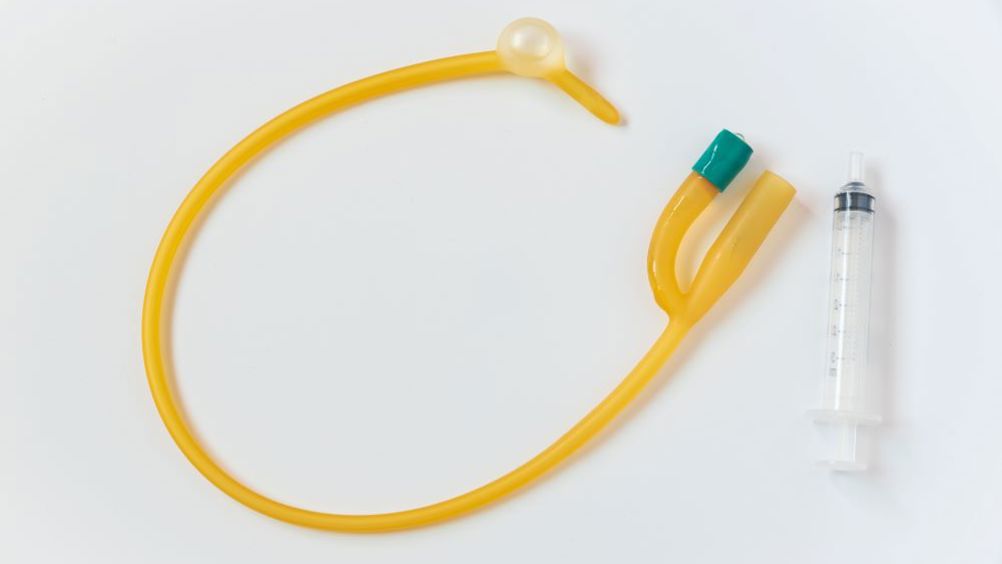References
What is new in intermittent self-catherisation?

Intermittent self-catheterisation (ISC) is commonplace for those with long-term urinary retention issues. An intermittent catheter device is inserted regularly to void urine and it carries a lower risk of infection than an indwelling catheter (National Institute for Health and Care Excellence (NICE), 2017).
Those using an intermittent self-catheter device for more than 28 days were found by NICE (2017) to benefit most from reusable non-coated catheters, which are currently defined as single use. However, in order to make an ‘off-license’ recommendation to use this type of catheter device, higher quality evidence is required measuring incidence of infection, bacteraemia, mortality, comfort and preference, as well as quality of life, urethral damage and costs (NICE, 2017).
The three main types of intermittent self-catheters are: coated, non-coated and pre-lubricated (Bladder and Bowel Community, 2017). Coated catheters come with a hydrophilic coating that creates a lubricated surface when run under water prior to use to ease insertion. Non-coated catheters are the traditional intermittent catheters and also seem to be the most preferred (NICE, 2017). They can be washed and reused, and are made of polyvinyl chloride (PVC), silicone, silver or stainless steel, the latter two being only suitable for women due to the urethra length (Bladder and Bowel Community, 2017). Reusable catheters are less frequently used as they require cleaning. Pre-lubricated catheters are ready to use straight from the packet, requiring no additional preparation, and are already packed in a water-soluble gel, making the device easier to use. This is often preferred by someone who lives independently, as it is far less time-consuming and is generally easier to use, particularly when clean water and facilities are not always available (Bladder and Bowel Community, 2017).
Register now to continue reading
Thank you for visiting Community Nursing and reading some of our peer-reviewed resources for district and community nurses. To read more, please register today. You’ll enjoy the following great benefits:
What's included
-
Limited access to clinical or professional articles
-
New content and clinical newsletter updates each month

